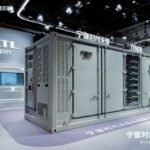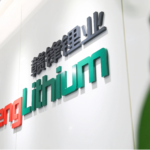On April 5, China successfully conducted a trial run of its first intelligent infrared wind turbine de-icing system at the Wugongshan Wind Farm operated by China Datang Corporation in Jiangxi Province. This marks a new technological breakthrough in intelligent de-icing for large-capacity wind turbines in the country.
The system simulates solar radiation by using infrared technology to rapidly heat and “defrost” turbine blades. It can melt 3-centimeter-thick ice within 20 seconds on a single spot and initiate ice shedding within one minute in the irradiated area. The infrared output is 5 to 8 times stronger than that of summer sunlight. The system features both “anti-icing” and “de-icing” intelligent modes. Like a “weather forecaster,” it monitors environmental conditions in real time to prevent ice formation, and when heavy icing occurs, it can complete precise de-icing of the entire turbine within one hour—restoring operation to blades the height of a 30-story building.
According to developers, icing on wind turbine blades has long been a major challenge for the renewable energy industry. At a wind farm with an installed capacity of 100 megawatts, annual power loss due to blade icing can reach 10 million kilowatt-hours—equivalent to the yearly electricity consumption of approximately 5,000 households.
The new system employs a non-contact design and has been successfully validated on 5 MW large-capacity turbines. It is expected to increase electricity output during icing periods by up to 50%. Compared to traditional de-icing methods—such as high-energy-consumption electric heating, low-efficiency hot air techniques, or short-lived anti-icing coatings—this infrared-based solution offers significant advantages. It requires no modification to blade structure, ensures equipment safety, improves energy efficiency, and is especially well-suited for complex environments in high-altitude, cold-climate wind farms. This innovation injects fresh momentum into the development of China’s new energy system.




